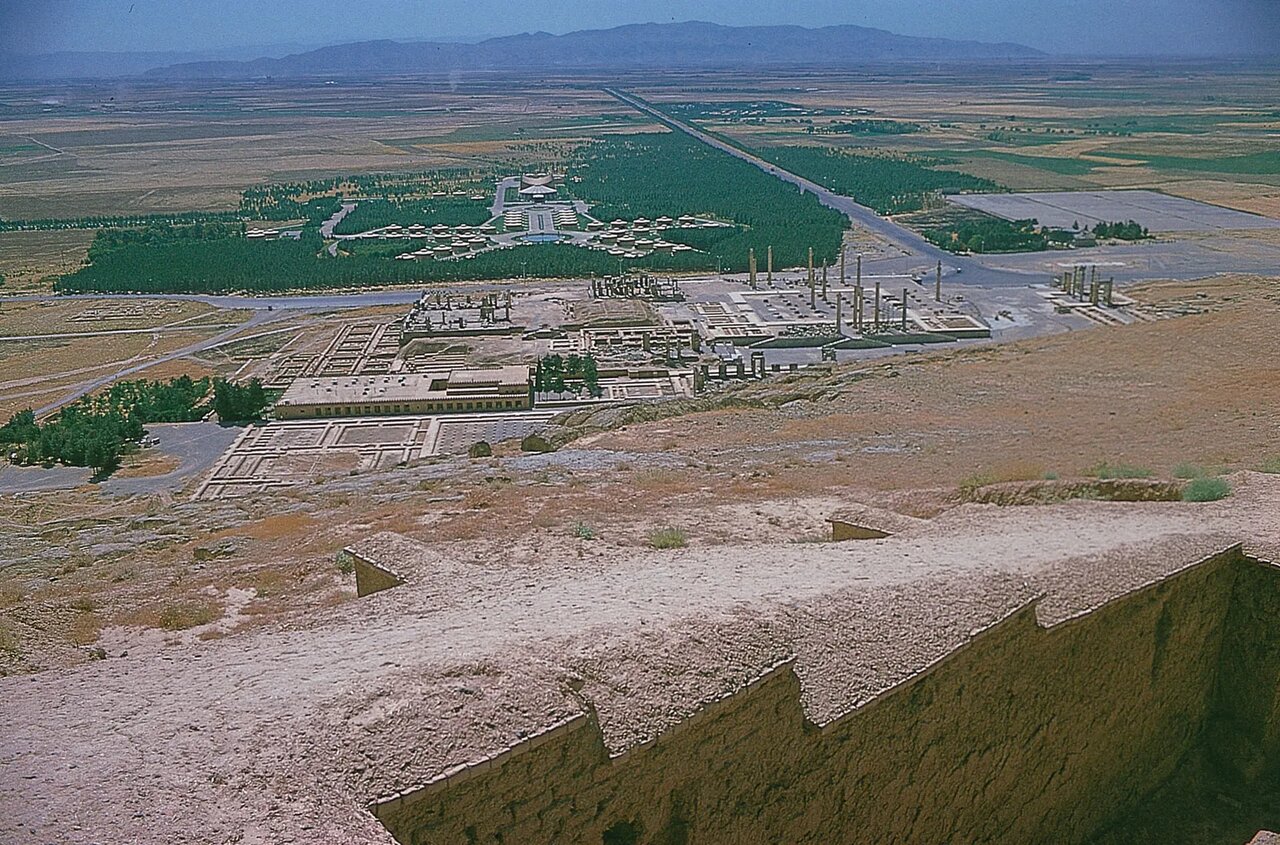Exploring more of Persepolis: Southern Barzan to welcome visitors

TEHRAN - In a move to enhance the tourist experience at the UNESCO-listed site of Persepolis, authorities are set to open the Southern Barzan, believed to have been the main residential area for Achaemenid kings, to visitors.
By integrating the Southern Barzan into the main tourist route, authorities hope to highlight the comprehensive history of Persepolis and provide a more immersive experience for visitors.
According to Mohammad Sabet-Eqlidi, the tourism chief of Fars province, Southern Barzan has not been a major focus for visitors despite its historical significance.
The official noted that many visitors overlook this part of Persepolis. "There are artifacts in the southern section that few have seen.”
“We plan to open a broader access to this area to allow tourists to explore more of Persepolis,” Sabet-Eqlidi told Mehr news agency earlier this month.
He emphasized that the Southern Barzan has been unfairly neglected, despite its significance.
This addition aims to increase the duration of tourist stays at the ancient site and in the Marvdasht Plain in general.
“Enhancements such as improved lighting and the reopening of an old road are also planned. These improvements are expected to extend tourists' visits by an hour and a half to two hours, enriching their experience of Persepolis and the Marvdasht Plain,” Sabet-Eqlidi explained.

Southern Barzan, aka Barzan-e Zonoubi, was once a royal zone southward of what we call at the main platform of Persepolis. Southern Barzan has been the focus of archaeological research for approximately 80 years. Researchers have uncovered remains of palaces and other structures from the Achaemenid era in this area. Scholars believe that while the main platform of Persepolis served ceremonial purposes, the kings resided in the Southern Barzan.
Notably, Ali-Akbar Tajvidi, in his book "New Insights into the Art and Archaeology of the Achaemenid Era," documented extensive construction activities in the Southern Barzan under the orders of Xerxes I.
Available evidence suggests that during the reign of Xerxes, significant expansions were made to the site, indicating its importance as a residential area. However, after Xerxes, construction slowed until Artaxerxes II resumed restoration and expansion efforts. However, the Southern Barzan was later looted and burned by Macedonians and their allies.
Persepolis (Greek word for Old Persian Parsa) is located in the Fars province, southern Iran, about 57 km northeast of the city of Shiraz. The Persepolis Terrace, an artificial platform of 125,000 m2, houses the most celebrated buildings of the Achaemenid period. The construction work of the Terrace started under the reign of the Achaemenid emperor Darius I (c. 518 BC) and since then, several royal buildings have been built on this platform and its vicinity.
On this terrace, successive kings erected a series of architecturally stunning palatial buildings, among them the massive Apadana palace and the Throne Hall (“Hundred-Column Hall”).
The terrace is a grandiose architectural creation, with its double flight of access stairs, walls covered by sculpted friezes at various levels, monumental gateways, gigantic sculpted winged bulls, and remains of large halls.
Majestic approaches, monumental stairways, throne and reception rooms, and dependencies have made that 13-ha ensemble one of the world’s greatest archaeological sites.
By carefully engineering lighter roofs and using wooden lintels, the Achaemenid architects were able to use a minimal number of astonishingly slender columns to support open-area roofs. Columns were topped with elaborate capitals; typical was the double-bull capital where, resting on double volutes, the forequarters of two kneeling bulls, placed back-to-back, extended their coupled necks and their twin heads directly under the intersections of the beams of the ceiling.
Narratives say that Persepolis was burnt by Alexander the Great in 330 BC apparently as revenge against the Persians, because it seems the Persian King Xerxes had burnt the Greek City of Athens around 150 years earlier.
AM
Leave a Comment